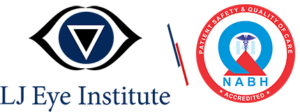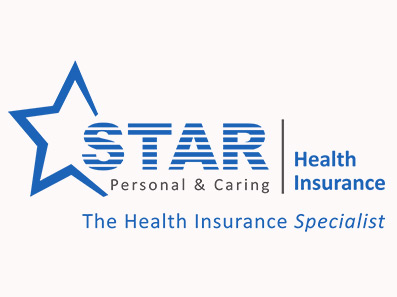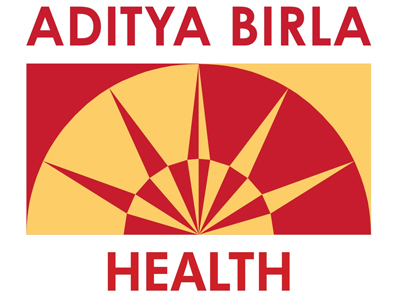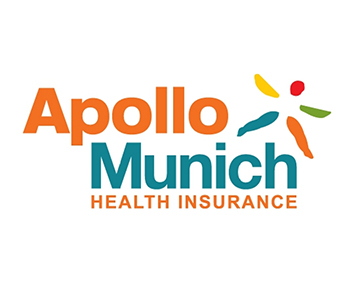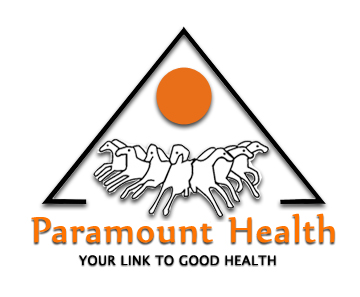Corneal Collagen Cross Linking
In Numbers
Demographics
Technology / Innovation
LJEI is equipped with all the latest and rare Machines / Technology including AI.
Research
We preserve every single case study to handle any complex situation and publish research papers time to time.
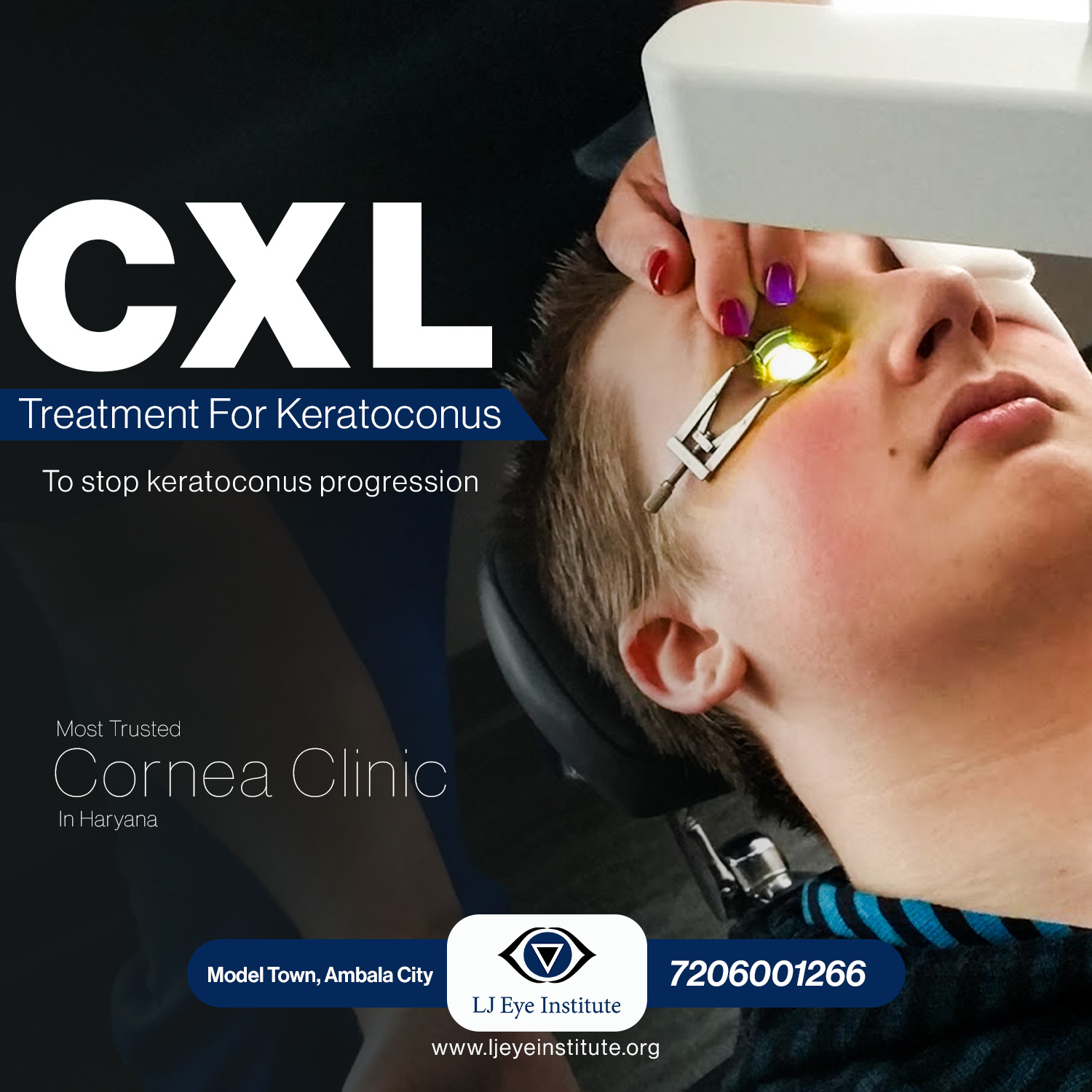
CXL
What is Corneal Collagen Cross Linking?
Corneal cross-linking is a treatment for an eye problem called Keratoconus.
In this condition, the front part of your eye, called the cornea, thins out and gets weaker over time. This makes it bulge into a cone shape, which can distort your vision and make it hard to see. If the symptoms of keratoconus get severe, you will need a corneal transplant.
In corneal cross-linking, doctors use eyedrop medication and ultraviolet (UV) light from a special machine to make the tissues in your cornea stronger. The goal is to keep the cornea from bulging more.
It’s called “cross-linking” because it adds bonds between the collagen fibers in your eye. They work like support beams to help the cornea stay stable.
Corneal cross-linking is the only treatment that can stop progressive Keratoconus from getting worse. And it may help you avoid a corneal transplant, which is major surgery.
Symptoms/Conditions
A healthy cornea resembles a clear, round dome. Located at the front of your eye, your cornea is what helps you to see, by focusing the light that enters through your eye.
In people with keratoconus, however, the cornea doesn’t have enough collagen fiber cross-links, which serve as a kind of structural support. Without those cross-links, the cornea begins to bulge out in a cone-like shape. That bulge results in blurred, distorted vision as the cornea weakens and thins. The condition, which can significantly impair vision, is difficult to treat with glasses. Severe cases of keratoconus may even require corneal transplant.
Symptoms of Keratoconus typically include blurred or distorted vision and increased sensitivity to light
What are the restrictions for collagen cross-linking?
How long does collagen cross-linking last?
What can you not do after corneal cross-linking?
What vitamin is used for collagen cross-linking?
How successful is corneal collagen cross linking?
What is the purpose of collagen cross linking?
Does collagen cross linking decrease with age?
What is the best age for corneal cross-linking?
Can I watch TV after crosslinking?
After procedure no reading, computer use, or television for remainder of this day and night. You may open your eye to use the bathroom, to walk, and to eat. Otherwise, the eye should be closed as much as possible. No rubbing of eyes after procedure.
Does cross-linking improve vision?


in which conditions CXL can be used?
Keratoconus
Pellucid Marginal Degeneration
Ectasia following Refractive Surgery
Infective Keratitis – PACK CXL
Bullous Keratopathy
Number of CXL procedures performed at LJEI
Corneal Collagen Cross Linking Procedures
Why to choose LJ Eye Institute for Collagen Cross Linking Surgery?
At LJ Eye Institute we use most advanced Eye Transplant techniques whichever is available in the world, which further help to increase the success rate. Where using traditional techniques the success rate is 70% to 75%, the new techniques increase the success rate to 90% to 95%.These advanced techniques includes DMEK, DALK, DSEK, using such techniques we need not to change whole Cornea and we change only One or required number of layers of Cornea.

Technology @ LJEI
Technology Available For CXL at LJEI
LJ Eye Institute employs ultra-advanced technologies for Cornea Transplant procedures.
- We utilize Femtosecond LASER technology for Cornea Transplants, ensuring precision and accuracy compared to conventional blade methods.
- Our facility is equipped with specialized equipment including Specular Microscope for assessing corneal power, Topography, Pentacam, Anterion, and OCT for comprehensive evaluation.
- We integrate the latest available technologies from around the world to achieve the highest success rates in Cornea Transplants.
- For pediatric cases, we have a dedicated spare system and have extensively researched Pediatric Cornea diseases, with publications in national and international medical journals.
- LJ Eye Institute is at the forefront of Stem Cell Transplantation, particularly in the pioneering SLET technique, with numerous published papers showcasing our advancements and modifications in the field.

Still Have Questions?
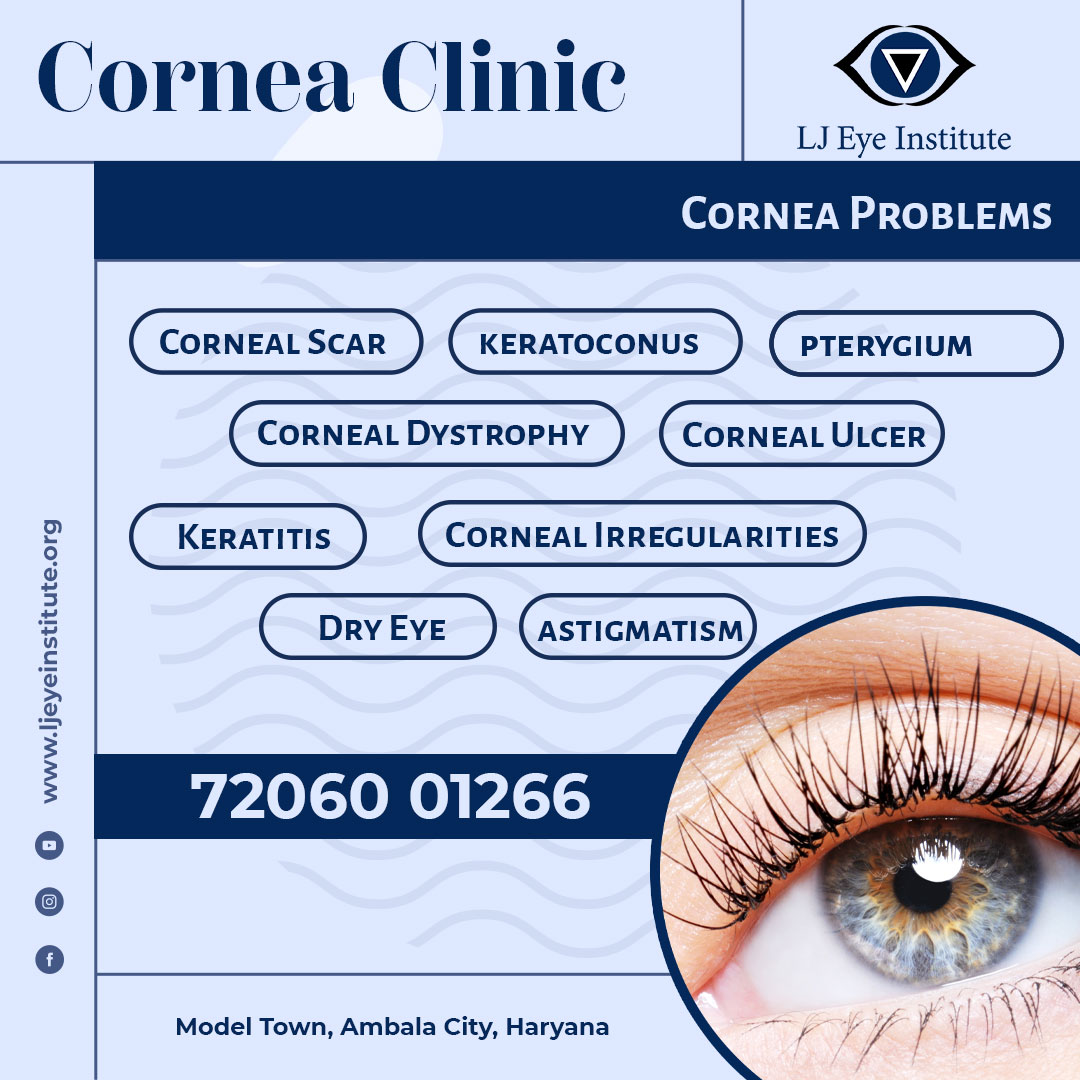
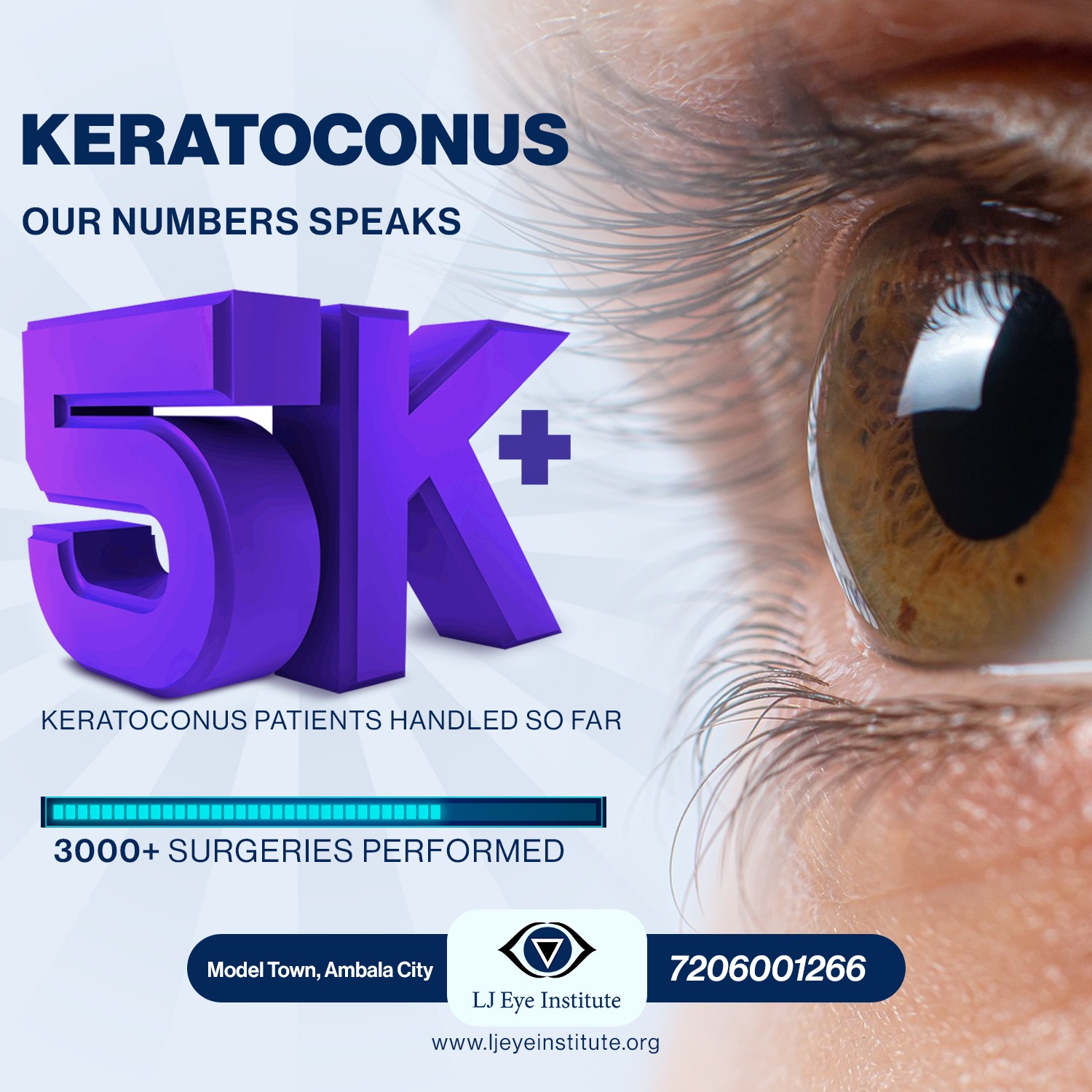
Cornea Patients Feedbacks

Your content goes here. Edit or remove this text inline or in the module Content settings. You can also style every aspect of this content in the module Design settings and even apply custom CSS to this text in the module Advanced settings.

Your content goes here. Edit or remove this text inline or in the module Content settings. You can also style every aspect of this content in the module Design settings and even apply custom CSS to this text in the module Advanced settings.

Your content goes here. Edit or remove this text inline or in the module Content settings. You can also style every aspect of this content in the module Design settings and even apply custom CSS to this text in the module Advanced settings.

Your content goes here. Edit or remove this text inline or in the module Content settings. You can also style every aspect of this content in the module Design settings and even apply custom CSS to this text in the module Advanced settings.

Your content goes here. Edit or remove this text inline or in the module Content settings. You can also style every aspect of this content in the module Design settings and even apply custom CSS to this text in the module Advanced settings.

Your content goes here. Edit or remove this text inline or in the module Content settings. You can also style every aspect of this content in the module Design settings and even apply custom CSS to this text in the module Advanced settings.

